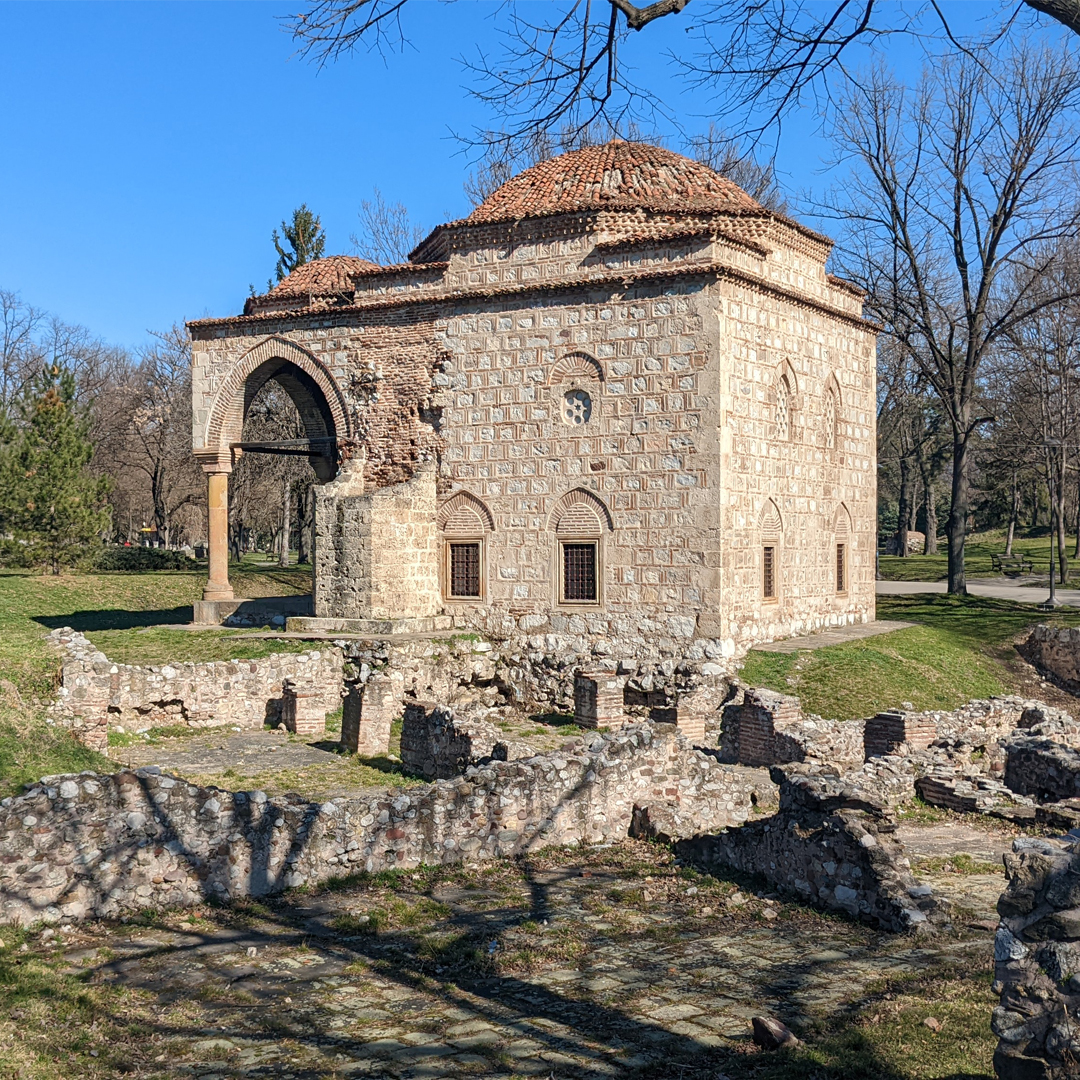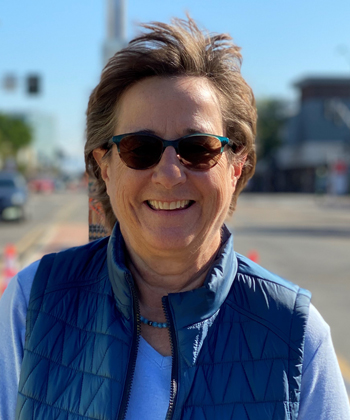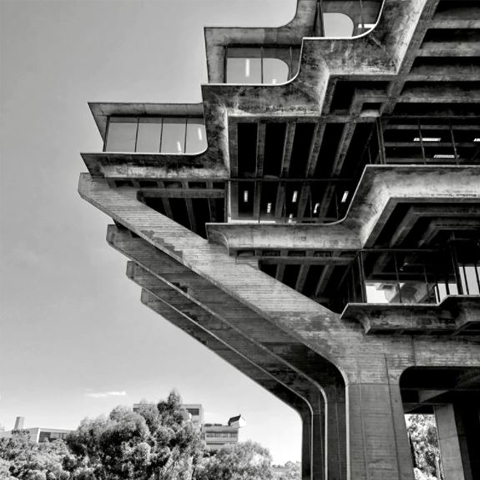Making Our Home in Old Town San Diego: Embracing A Fresh Chapter
After a Year in our New Platt/Whitelaw Office, We’re Celebrating with Gorgeous Photos! As architects, we may overthink when it comes to choosing office space for our firm. But you can’t argue with the results! In fact, we’re so pleased with our choice that we’re taking time to show off here with some fancy new […]
A Trip to the Republic of Serbia
Architecture and Culture at the Crossroads of Europe. For decades, our staff has come from all over the country and the world. We think diverse voices and perspectives make for better architecture and inclusivity. Similarly, we’re excited for our staff members when they travel — and even more so when they share about their experiences. […]
Woot! Sandra Named to SDBJ’s Women of Influence!
We’re celebrating our co-owner Sandra Gramley, AIA, NCARB, LEED AP BD&C, for landing a second consecutive spot on the San Diego Business Journal’s annual Women of Influence in Architecture list! To understand why she’s such a rockstar, we’re sharing some of the ways Sandra has built her distinguished career and made a difference in our […]
San Diego History: Formative Architects and Architecture
Calling all architecture enthusiasts! Want to cement your savvy-San Diegan status? Dazzle friends with interesting cocktail party conversation? Become a riveting tour guide for your out-of-town guests? We’ve put together an overview of some of historic San Diego architects (some household names, some not), who designed notable places in San Diego. Feel fre







